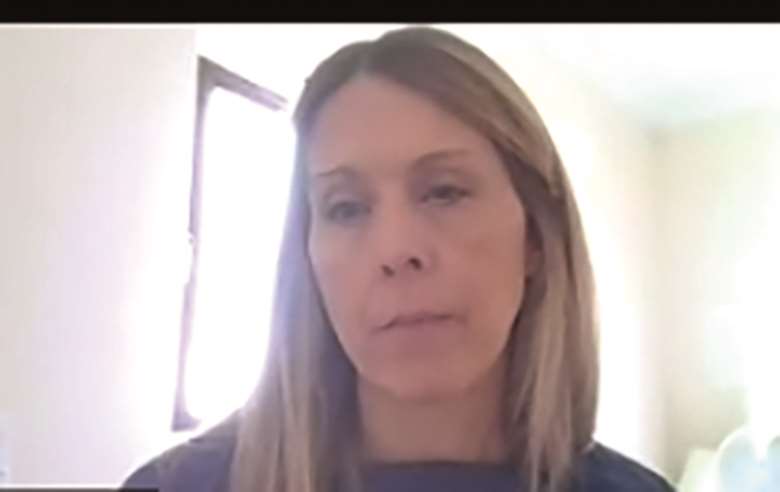Family Help: a new concept or an old ideal?
Becca Dove
Monday, October 2, 2023
I didn’t plan to be researching section 17 of the Children Act 1989 for a masters degree at the precise moment section 17 came under the spotlight in the Independent Review of Children’s Social Care. But in March 2023, there I was.

For over 30 years, section 17 has been the north star of working with children and families for local authorities. In just 773 words, it sets a tone and expectation for family support, and for promoting and supporting family strength, in a way that no other legislative framework for the care and welfare of children has come close to.
One of section 17’s most family support-orientated approaches was the inclusion of a gradient of needs (in parts 10 and 11 of the legislation) for anyone so inclined. Despite this, section 17 came to take on a particular meaning – entry to children’s social care towards the acute end of thresholds. In other words, a category rather than a continuum.
My research with 14 directors of children's services suggests an eye-watering array of factors for why section 17 is interpreted in this way.
The influence of the inspectorate and compliance with statutory guidance wording. The role of partners, section 10 of the 2004 Children Act, and the challenge of having family support continuum duties split across two pieces of legislation. The importance of the workforce ‘beyond social work’– not to ‘hold’ families that should be open to a social worker but to ensure skilled workers with confidence and capability across the support continuum.
The rising need for services (due in no small part to national socioeconomic pressures) and reducing local authority resources to respond, which echoed research on section 17 from 30 years past. There were however a small number of local authorities approaching section 17’s differently, using its ‘permissive content’ (as one participant put it) in creative and often innovative ways to help children and their families.
As debates continue over the meaning of the Care Review’s concept of ‘family help’, and over the wording of our statutory guidance Working Together, we might do well to pause and return to the views of those who debated section 17 at its beginning. In 1990, the In Need Implementation Group, (whose work you can read here) reflected that ‘Part III of the Act constitutes in a very real sense, the foundation stone of the whole of the Act [….] the implication is that it is designed to benefit a broad spectrum of families, not only to improve bureaucratic decision-making [….] the intention of the Act itself is the recognition of the normality of problems and difficulties facing all families’.
As we navigate this latest chapter in section 17’s story, how the broad family support potential envisaged by its architects can be best realised remains a question for us all.
You can peruse at your leisure a sketch note and short slide pack on this subject for more information.
Becca Dove is head of Family Early Help at Camden Council and vice chair of the Association of Directors of Children’s Services (ADCS) families, communities and young people’s policy committee. This blog was first published on the ADCS website.




